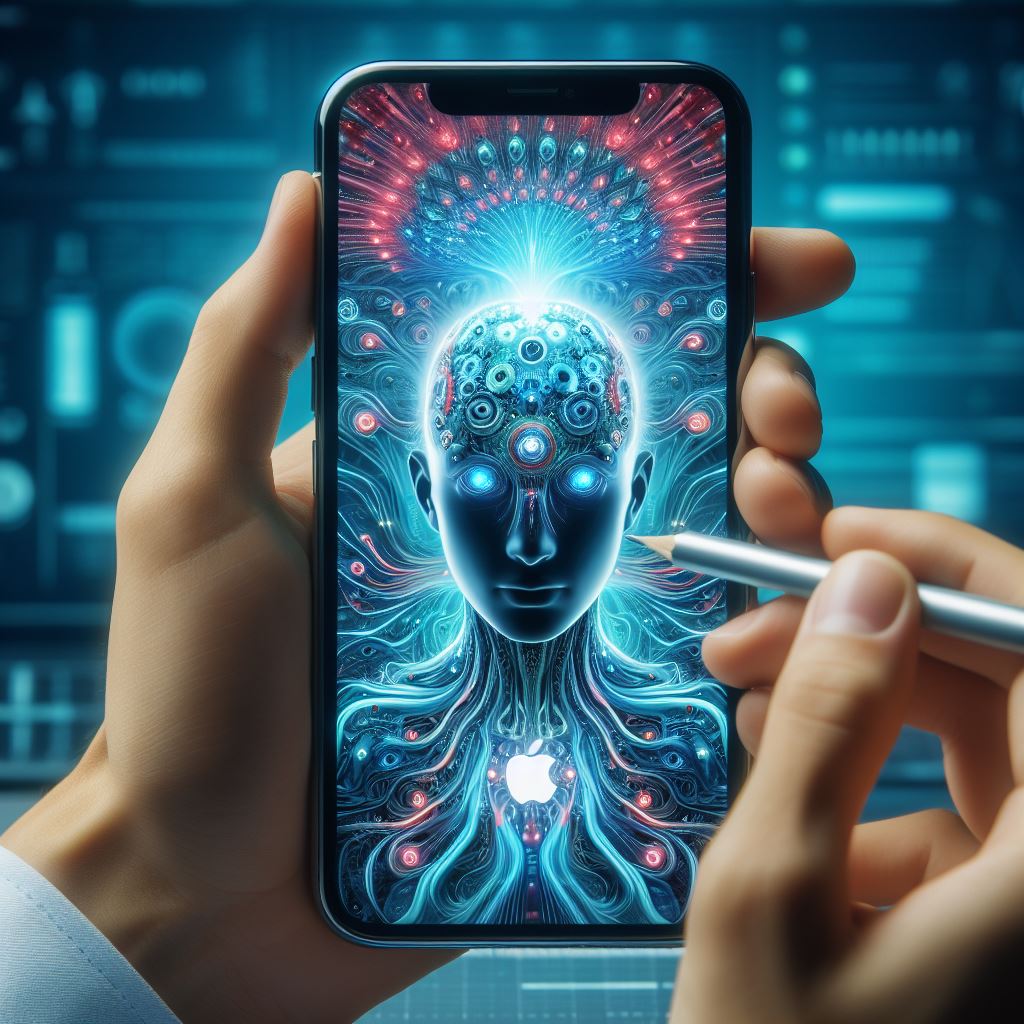Apple is set to launch iOS 18, the next major update of its mobile operating system, later this year. According to reports, iOS 18 will be the biggest software update in iPhone history, as it will introduce a range of generative AI features that will enhance the user experience and productivity levels.
Generative AI is a branch of artificial intelligence that can create new content or data from existing ones, such as text, images, audio, or video. Generative AI can be used for various purposes, such as content creation, data augmentation, style transfer, and more.
iOS 18 will reportedly integrate generative AI at the operating system level, meaning that it will be available across various apps and services on the iPhone. Some of the expected generative AI features on iOS 18 are:
Siri: Apple’s digital assistant will get a major overhaul with generative AI, as it will be able to handle more complex and natural queries, generate summaries from long texts, and provide more personalized and contextual responses. Siri will also be able to translate face-to-face conversations and phone calls in real time, thanks to Apple’s Large Language Model (LLM), which is a neural network that can process billions of words and phrases.
Apple Music: Apple’s music streaming service will also benefit from generative AI, as it will be able to create better music recommendations, generate playlists based on mood, genre, or activity, and even compose original music tracks using the user’s voice or preferences.
Messages: Apple’s messaging app will also get smarter with generative AI, as it will be able to suggest relevant and appropriate responses, auto-complete sentences, and generate emojis, stickers, and GIFs based on the context and tone of the conversation.
Photos: Apple’s photo app will also get more creative with generative AI, as it will be able to edit out or add objects in photos, apply different styles and filters, and create collages, slideshows, and videos from the user’s photo library.
Pages, Numbers, and Keynote: Apple’s suite of productivity apps will also get more efficient with generative AI, as they will be able to generate charts, graphs, tables, and diagrams from data, create outlines and summaries from documents, and design presentations and animations from templates.
Apple’s generative AI features on iOS 18 will run on the cloud, except for the live translation feature, which will work on the device. Apple claims that its generative AI features are powered by its own neural network models, which are trained on large amounts of data and can produce high-quality results. Apple also says that its generative AI features are secure and respect the user’s privacy, as the data is encrypted and deleted after processing.
Apple’s generative AI push on iOS 18 is not surprising, as the company has been lagging behind its rivals, such as Google and Samsung, in the field of artificial intelligence. Google and Samsung have been offering generative AI features on their devices, such as the Pixel 8 and the Galaxy S24 series, which can do things like generate captions, summaries, and hashtags from photos, create realistic portraits and landscapes from sketches, and enhance low-light and zoomed-in photos.
By introducing generative AI features on iOS 18, Apple hopes to catch up with the competition and to offer a unique and differentiated value proposition to its users. Apple also hopes to boost its services revenue, which reached $69.5 billion in 2023, up 25% year-over-year, by creating more loyalty and engagement among its users.
Apple is expected to announce iOS 18 and its generative AI features at its Worldwide Developers Conference (WWDC) in June. iOS 18 will likely be compatible with iPhone 7 and later models. The iPhone 16 series, which is expected to launch in September, will come pre-installed with iOS 18.
Apple claims that its generative AI features are powered by its own neural network models, which are secure and respect the user’s privacy. Apple’s generative AI push on iOS 18 is aimed at catching up with the competition and boosting its services revenue.

